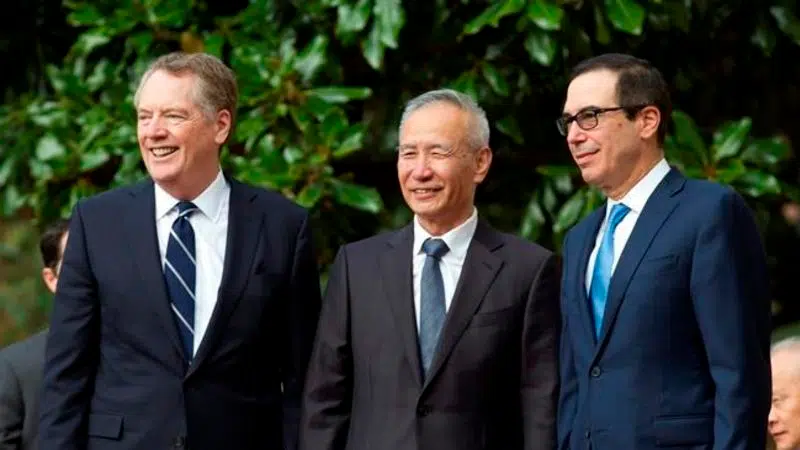
US suspends plans to hike tariffs Tuesday on Chinese imports
WASHINGTON — The Trump administration is suspending a tariff hike on $250 billion in Chinese imports that was set to take effect Tuesday, and China agreed to buy $40 billion to $50 billion in U.S. farm products as the world’s two biggest economies reached a cease-fire in their 15-month trade war.
The White House said the two sides made some progress on the thornier issues, including China’s lax protection of foreign intellectual property. But more work remains to be done on key differences in later negotiations, including U.S. allegations that China forces foreign countries to hand over trade secrets in return for access to the Chinese market.
The U.S. and Chinese negotiators have so far reached their tentative agreement only in principle. No documents have been signed.
President Donald Trump announced the trade truce in a White House meeting with the top Chinese negotiator, Vice Premier Liu He. The news followed two days of talks in Washington, the 13th round of negotiations.
